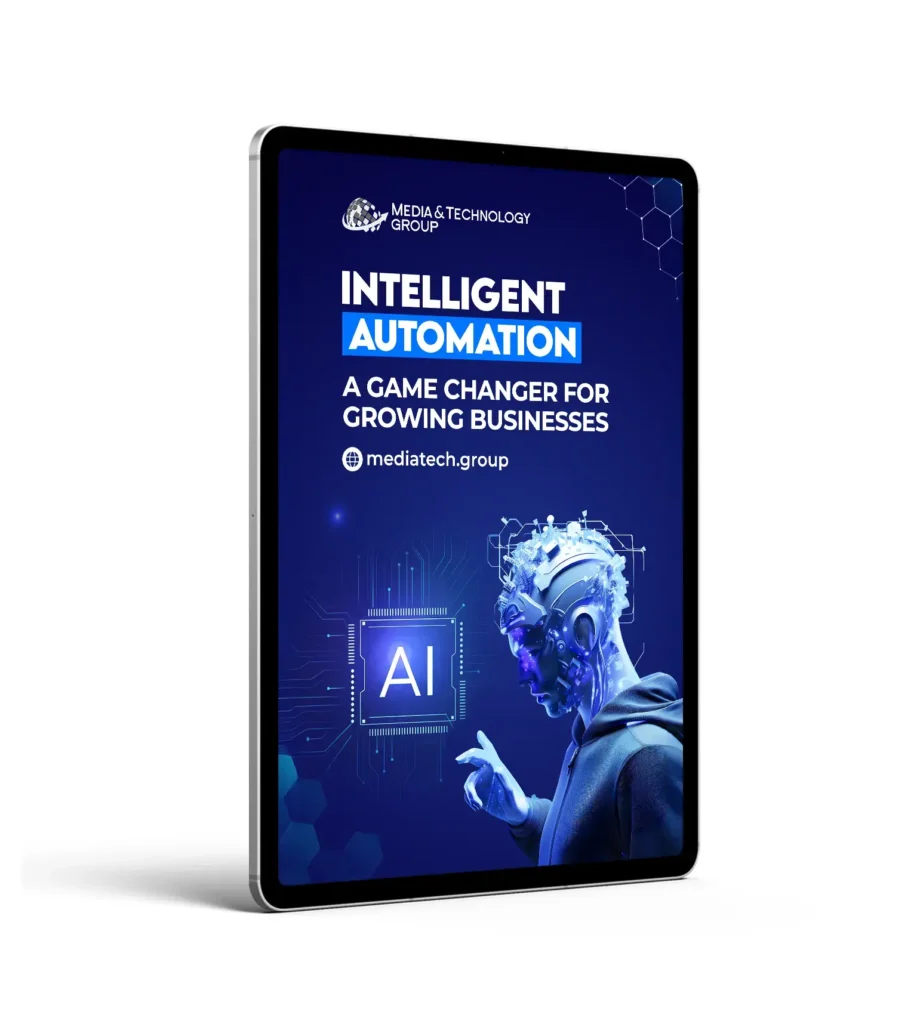Understanding the Shift: GPT-3 and GPT-4
Learning about AI tools like GPT-3 and GPT-4 is exciting, right? These tools help us create cool stuff and solve problems faster. But once you dive in, you’ll notice the differences in how these tools respond to prompts. Knowing these differences can supercharge how we use AI in our projects at Media & Technology Group, LLC.
The Basics of GPT-3 and GPT-4
First, let’s talk about what they are. GPT-3 and GPT-4 are both advanced AI models developed by OpenAI. They generate human-like text based on a given prompt. Think of them as chatty robots who can write stories, create reports, and answer questions. But, GPT-4 is the newer version with more advanced features.
When we work with GPT-3, we usually find that it is really smart. It can understand and answer a lot of questions. But when GPT-4 came around, we noticed it’s even better! It handles more complex prompts and gives us even more relevant answers. That’s why understanding them is key for AI implementation in our marketing and information tech projects.
Prompt Design in GPT-3
When it comes to GPT-3, crafting prompts is important. The way we ask questions or give instructions can change the output we get. Here’s how we do it:
- Be Clear: Make sure the prompts are simple and to the point.
- Be Specific: Instead of asking “Tell me a story,” we say “Tell me a story about a brave knight.”
- Use Examples: Illustrate what kind of answer you expect.
With GPT-3, using these prompts helps guide the AI to produce better content. It’s like talking to a friend who listens better when you explain things more clearly. This is a huge help in our content creation and marketing automation tasks.
Steps Up with GPT-4 Prompts
GPT-4 takes prompts to a whole new level. It understands context even better and can work with more detailed instructions. Here’s how prompting changes with GPT-4:
- Complexity: Use nuanced prompts because GPT-4 can handle them.
- Length: Longer prompts could lead to richer responses.
- Feedback: GPT-4 can remember previous parts of the conversation better.
With GPT-4, we can explore more creative ideas. For instance, in software development, GPT-4 helps us generate code snippets based on detailed specs. It makes projects easier by understanding deeper context, making our AI solutions way more effective.
Why These Differences Matter
Understanding the different prompt strategies for GPT-3 versus GPT-4 can greatly enhance our productivity. When developing our technology solutions, this knowledge allows for tailored approaches—the secret sauce for leveraging AI effectively.
Here at Media & Technology Group, LLC, this understanding impacts how we approach AI projects. Whether it’s in business process automation or consulting, tailoring these prompts is essential for achieving top-tier results. It helps us serve clients better by designing solutions that meet their unique needs.
Challenges and Solutions in Prompt Engineering
Sure, crafting prompts sounds easy, but challenges pop up. Sometimes, GPT-3 might give generic answers. Or, GPT-4’s complexity might lead to unexpected outputs. Here’s how we can solve these issues:
- Iterate: Change the prompt and try again if the output isn’t good enough.
- Test: Test different approaches to find the best one.
- Analyze: Look at the results to understand what to adjust next time.
By learning from each iteration, making little tweaks, we keep improving. Over time, our processes in GPT-3 vs GPT-4 prompt engineering can become refined, turning challenges into opportunities.
Summing It All Up
So, there we have it. We learnt how prominent GPT-3 and GPT-4 are in AI tech. Understanding how to craft prompts for each can make a big difference. Whether that’s making better websites, automating marketing, or optimizing business processes, we at Media & Technology Group, LLC strive to use these AI tools to their fullest.
By knowing when to use GPT-3 or GPT-4, and how to prompt them for best results, our team can enhance service quality while bringing innovation to every project. Stay curious and keep exploring the exciting world of AI, the possibilities are endless.







